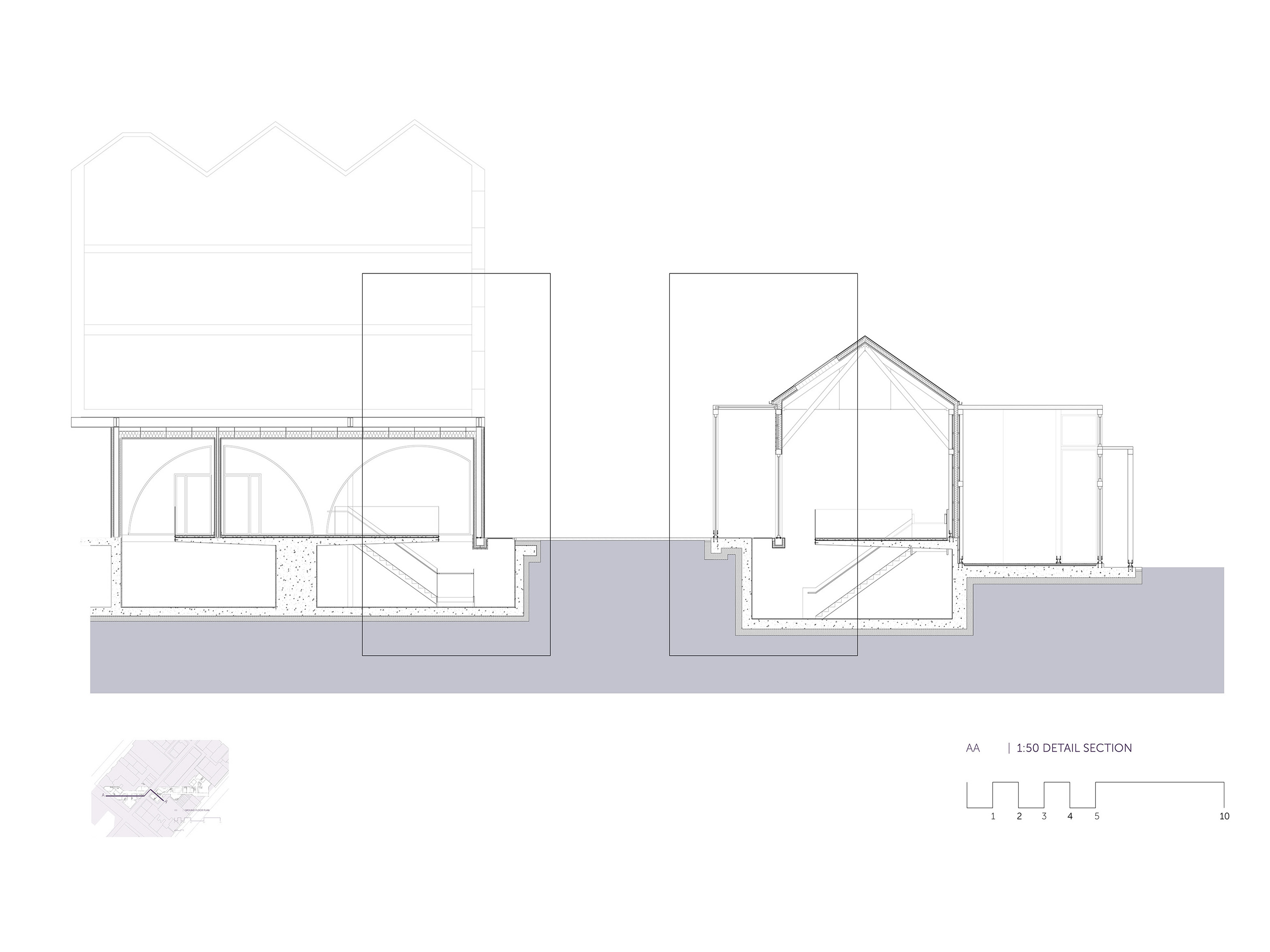A[ALSMEE]R: Augmented Curiosities
The year is 2060, Aalsmeer Flower Auction rapidly became a distribution hub for mainland European flowers after the introduction of augmented reality (AR) and virtual reality (VR) which bolstered the decentralisation of the workplace. Fewer shipments arrive via air travel, more so via rail (with the development of high-speed cargo trains with inner city connections). The company still trades internationally, but there is no physical product thoroughfare at the site. Thus, the 518,000 m2 Aalsmeer Flower Auction building requires only 40% of its original floor area for hyper-efficient, robotic distribution, leaving the rest as a shell for intervention.
Radical Technology: augmented reality (AR)
Inhabiting the north western corner of the shell is a research facility collecting data through visitor usage of AR and VR technologies. A pastiche of space and user typologies, a user specific experience is achieved through calibration.
At the epi-centre of it all is the observation of the moment of transition between reality to virtual: flowers arrive at Aalsmeer and are 3D scanned into the auction matrix, for corporate buyers to trade from home.







